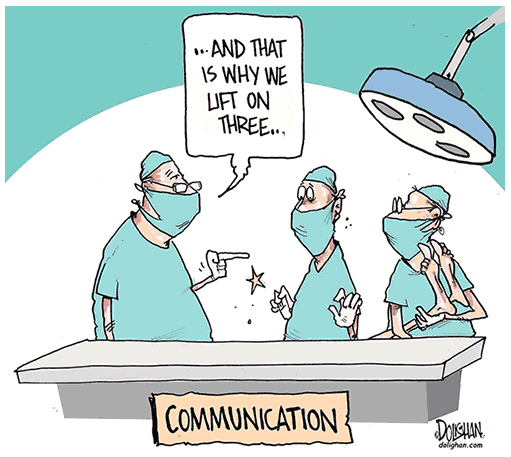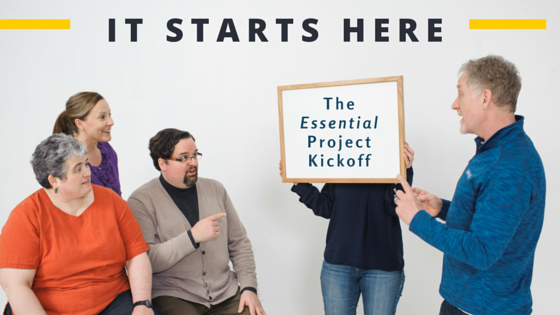5 Ways to Successfully Jumpstart Your Next Project
Getting the Project Started
Have you ever sat down to get start work on a new project that you were handed and then run into some sort of strange project manager’s “writer’s block”? I have.
I’m guessing at some time or another most of us have.
You know the drill, you know what has to be done, you know what you need to do…usually…as your first steps to take out of the gate. Still, it seems like you can’t get started.
What should the schedule really look like? Am I looking at the statement of work (SOW) correctly and really getting the high-level pieces right? What am I missing?
Is the client going to have confidence in my abilities to lead this project after they see what I’ve pulled together to get started?
Really, that last question is a big one and it sort of sums up any “deer in the headlights” moments we might have trying to get started. Will the information that I gather, the schedule I draft, and the way I kick off the project give the customer a good indication that I can actually lead this thing?
So it boils down to this… What do we need to get started on the project with confidence and to get everyone on the same page?
For me, it comes down to these five things:
1) A good statement of work (SOW).
We can get a lot of things done starting with a decent statement of work. If we have a good SOW from whatever discussions happened between the account manager who sold the project and the project sponsor who bought it, then we can begin the planning process with the right information and be confident we are at least starting the project on the same page as the project customer.
For that to happen, here’s what we hope the statement of work contains (at a minimum):
- A basic resource list that outlines the skillsets needed to do the work
- Rough estimates of milestones and dates for the project
- Assumptions that were made during the sales process
- Goals and objectives for the project
2) A high-level project schedule based on milestones and dates in the SOW.
This is a nice to have because it gives you a starting point. Certainly, you’re going to tear it apart and rebuild it based on a similar project you’ve managed (hopefully a successful one) using the schedule from a previous project as the real schedule template.
Using your own template from a similar project helps to ensure that no key activities fall through the cracks early on. Really what you will likely end up with is some sort of hybrid project schedule based on both your template and the one passed on from the account manager.
3) A project budget.
You’ll get this from the overall project price. Having a resource plan of some sort along with the beginnings of a schedule allows the project manager to start putting together a real budget forecast that will develop and evolve over the first few days and weeks of the project.
This will grow into one of the most important tools on the project as budget analysis and re-forecasting is one of the most critical and key tasks that the project manager will find himself doing every week on the engagement.
4) High-level customer requirements.
You’ll build out the detailed requirements in the next phase with the client after you formally kickoff the project. However, starting with some high-level requirements from the customer is helpful as you prepare for the kickoff, start drafting the project schedule, and plan next steps.
5) A high-level view of the customer’s business processes.
You don’t need to know everything about the customer’s business processes, yet it does help to have an idea of their business processes that are directly affected by the solution you are going to build for them.
You may or may not get any of this during the handoff process. It will, however, become something you have very detailed discussions with the customer about during the next phase as you start pulling together detailed project requirements to build a solution.
Summary / call for input
Really, at the end of the day, you’ll take whatever you can get your hands on, right? Documentation is knowledge you didn’t already have. But remember, account managers are not project managers, so rely on your own expertise.
I’ve had many projects start without enough input from account managers, and I’ve also experienced poorly set expectations with the customer. This left me with a lot of work to reset the expectations to something real and meaningful.
What about you – what are your “must have’s” to start a project? What do you like to get your hands on Day One on a new project (and likewise days two through seven)? Please share and discuss…




